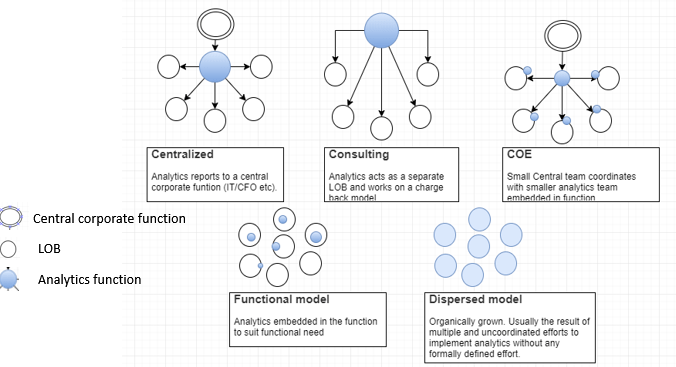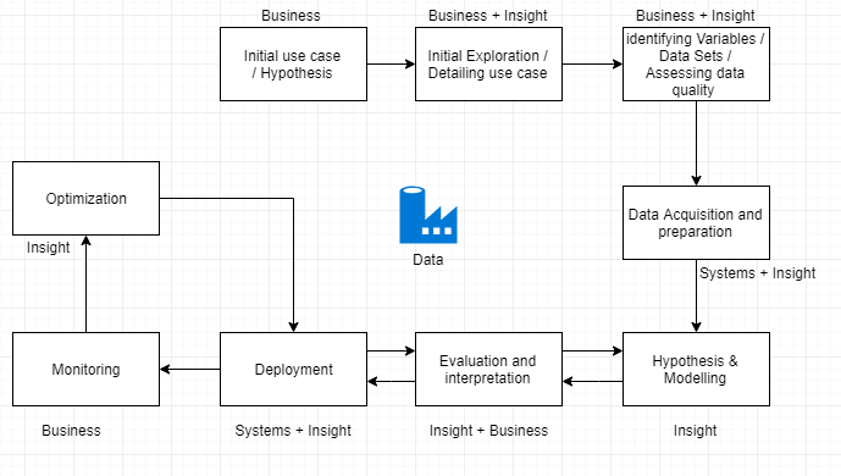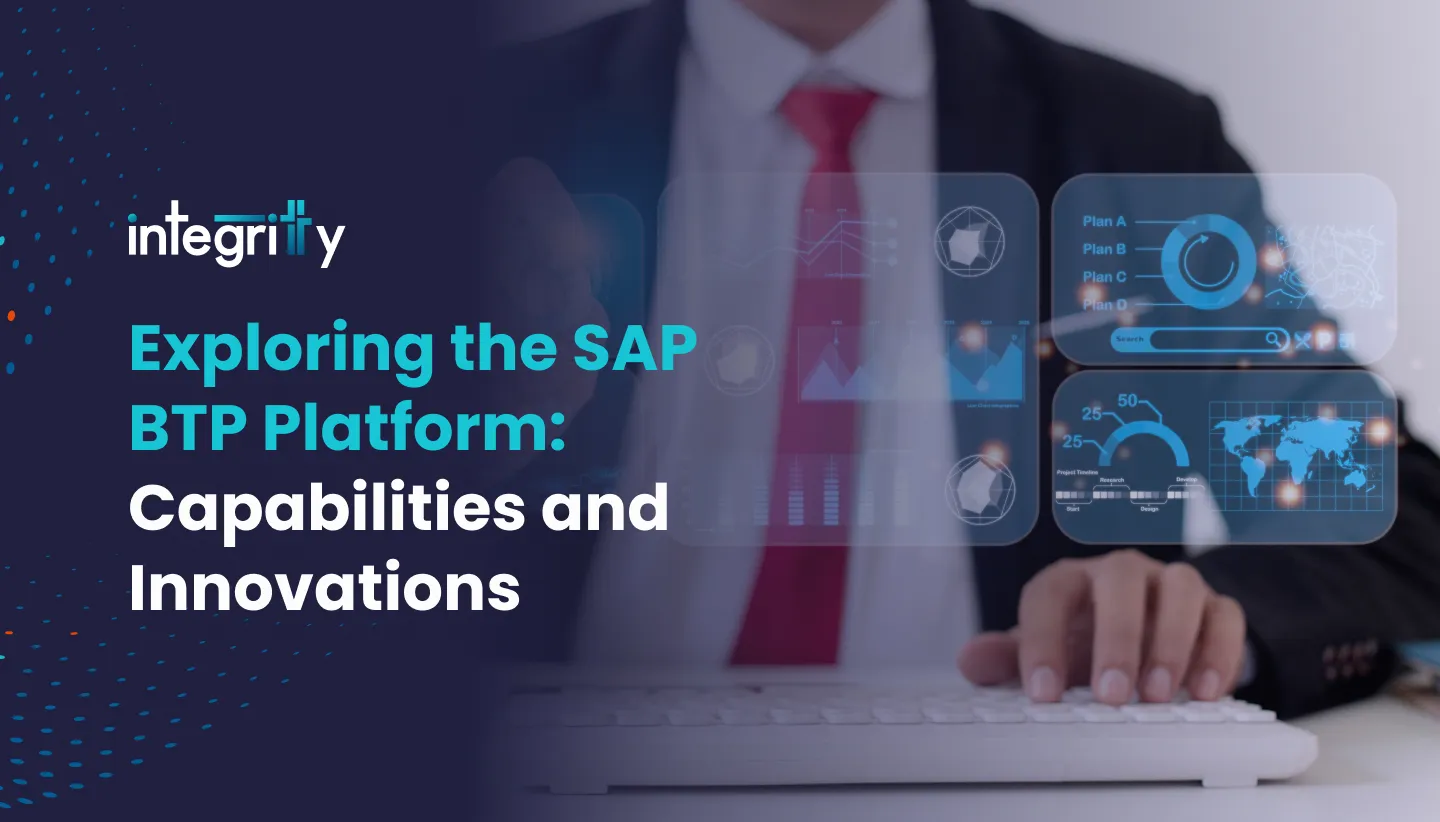The big fours Google, Facebook, Amazon, Apple have infiltrated our lives so much so that its almost impossible to avoid them. They are today among the worlds largest companies and have probably become too big to be challenged by anyone. They have been able to truly harness the power of data and have made data as its competitive advantage. They have shown to the world that data is indeed the new oil and its fueling their innovation and growth. This is also quite true for many cloud born digitally native companies.
Traditional companies find it really difficult to put data at the center of all the decision making or as a means to generate additional revenues. As per a Gartner Research, even by 2020, more than 95% of business leaders will continue to make decisions using intuition, instead of probability distributions, and will significantly underestimate the risk as a result.
Analytics have been one of the key corporate agenda for the last 10 years, still most companies are still struggling to raise the bar beyond traditional BI or self service BI.
Making analytics really work in an organization has more do with the behavioral aspect of decision making than deploying tools and setting up of warehouses/data lake etc. As companies gear themselves to cross the chasm between traditional BI and true analytics, they will be faced with the following barriers :-
- Leadership Awareness and sponsorship : With all the hype created around analytics, people are mostly aware about the power of data. However they find it extremely difficult to apply the same in their own context and to envision what it takes to make it work. It takes time and patience to reap the true benefit and one needs to be continuously at it. Unless it comes from the top, driving cultural change required is difficult. Its important to evangelize the possibilities in the organization’s context and push to make analytics the agenda of the top management.
- Aligning analytics goal with organizational goals : Analytics can do wonders, but unless its aligned to the key organizational goals, it will be just one of the things that keeps the employees busy. It always helps to publish an analytics vision statement that is aligned to the organizational vision. As an analytics leader, its important to link each initiative to the strategic objective that the business function which in turn links to the organizational goal. It is also important to assess the maturity of the function and plan accordingly.
- Skill Gap : An organization needs to have a core team that drives this agenda. One can always augment the core team with external consultants, but the outsourced team cannot replace the internal team. In order to build the analytics team, look internally first. Invest in skill building. A formal structure is must to make analytics work. This structure can be virtual or a real. Following are some of the models (or a mix of them) that one can adopt.

- Lack of proper technology ecosystem : This one is relatively easier to solve. Aligning IT (systems dept) is important. It may need an upfront investment, however if the first two points are through, this will fall in place.
- Lack of Strong data management practice : Most analytics projects fails because of the poor data quality and the data silos that exists within the organization. Its important to bring analytics communities together. Overcoming these challenges is not about technology — it’s a human problem. Silos do exists and will require some change management to make data accessible and collaboration seamless.
A typical analytics project cycle will look somewhat like the following flow chart.

An analytics project usually require three teams to come together viz Analytics( I like to call it insights team), the Systems Dept and the LOB team to make it a success. Its important to clearly demarcate responsibilities and link the outcome of the project with the strategic intend.
Companies that fail to invest in analytics will find themselves at a competitive disadvantage against those that do.
Clearly, it takes a lot to make analytics pervasive and probably that is why traditional companies are finding it difficult to move beyond just POCs. This is a journey that most companies have already started and it will be interesting to see how it unravels.
Happy Analytics !!






